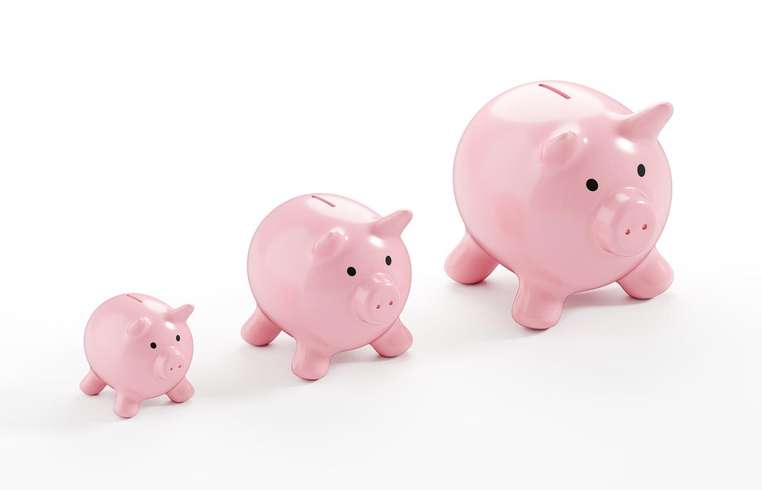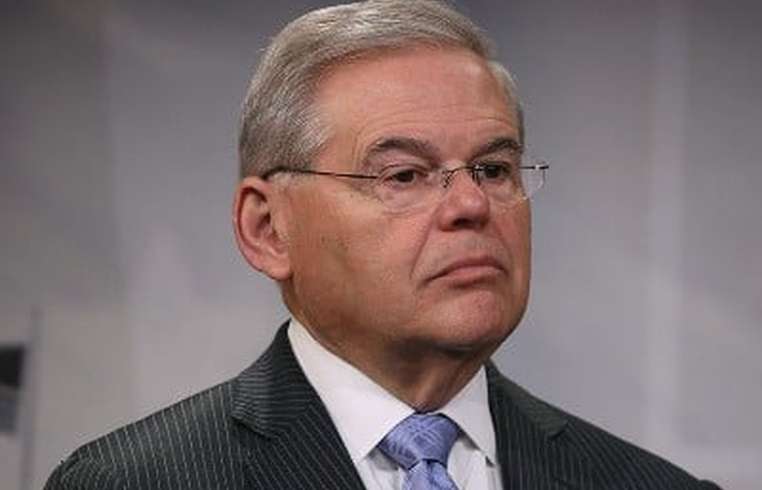
News - Three CD accounts to open before the October Fed rate cut.
Business Strategy
Three CD accounts to open before the October Fed rate cut.

Just under 99%. That's the likelihood that the Federal Reserve will reduce interest rates again when it concludes its next meeting on October 29, according to the CME Group's FedWatch tool. While that's good news for a wide swath of borrowers stuck with higher rates, it will be further detrimental for savers, many of whom earned big returns on their money in recent years. This is especially true for certificate of deposit (CD) account holders, some of whom were able to lock in rates as high as 6% or 7%. Now, however, these same savers find themselves being offered top rates of around 4.50%. Still, with the right rate, term and deposit amount, these accounts can still be profitable in a way traditional savings accounts, with average rates under 1%, simply cannot. But with the next Fed rate cut looming and the reality that banks don't need to wait for a formal rate cut to reduce what they offer to savers, prompt action is required now. Below, we'll break down three specific CD accounts to consider before the October Fed rate cut. See how much more interest you could be earning with a high-rate CD account here. 3 CD accounts to open before the October Fed rate cut. Here are three CD accounts savers can still benefit from opening now, in the days before the next presumed Fed rate cut. A $10,000 6-month CD. Want to earn an easy $200 without having to do much work or give up long-term access to your money? Then a $10,000 6-month CD could be for you. At a rate of 4.20% (readily available now), savers can grow their deposit by about $207, approximately, if opened this week. And they'll regain access to their funds by the early spring, making concerns about flexibility and potential early withdrawal penalties less pressing. This will require a five-figure deposit, but with rates on CDs fixed (unlike high-yield savings accounts) and with rates on CDs still competitive (unlike traditional savings accounts), this can still be the profitable and strategic way to quickly grow your money. Compare your top 6-month CD options online today. A $10,000 18-month CD. What if you wanted to triple your interest earnings and tack on extended financial protection at the same time? Then a $10,000 18-month CD could be a viable alternative to the 6-month version. With a rate of 4.05% but triple the amount of time to have your interest compound, you'll earn approximately $613 with this account if opened now. But you'll also gain 18 months of protection for your funds against economic volatility stemming from inflation, unemployment data, interest rate policy changes and more. Just confirm your ability to part with this much money for this long to avoid paying an early withdrawal penalty, which can become more costly with longer CD terms. A $5,000 3-year CD. Do you prefer a "set it and forget it" approach to a potential CD account? A $5,000 CD account could make sense for you, then. At a return of $616 upon maturity, this is the most profitable option on the list and it requires the lowest deposit amount to earn it. A 3.95% rate may not seem especially high, especially compared to the recent past, but it's made up by 36 months of interest-earnings that CDs on shorter timelines cannot provide. And while some would instead prefer to take their chances with this much money invested in the stock market instead, the returns with the CD are guaranteed while the stock market returns could be robust ... or they could disappear overnight, based on market swings. The bottom line: There are still simple ways to earn hundreds (or even thousands) of dollars of interest with a CD account now, but the window of opportunity is quickly closing. With the chances of a rate cut at the Fed's October meeting all but a certainty currently and the likelihood of another rate cut when the bank meets again in December almost as high, swift action on behalf of savers is required now. Just take the time to calculate an accurate deposit amount to avoid the risk of an early withdrawal penalty and consider shopping for accounts online versus locally, as online banks tend to offer better rates and terms than those banks with physical branch locations.






